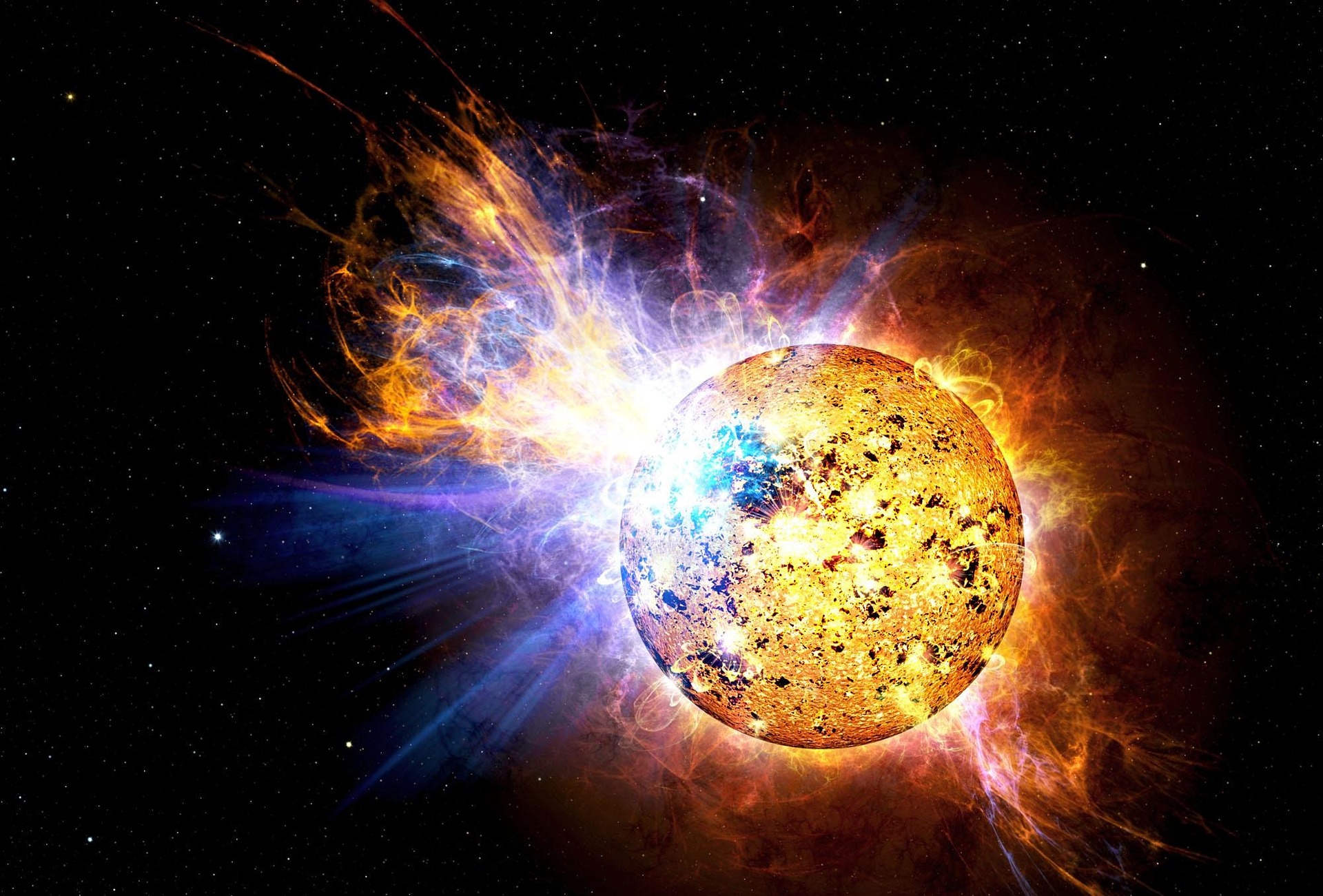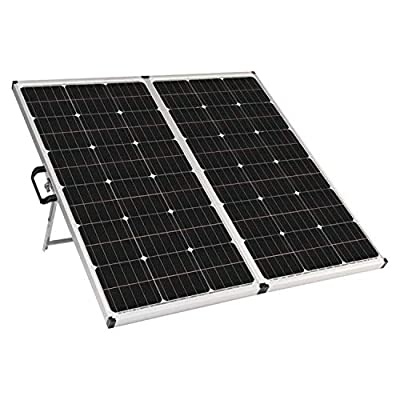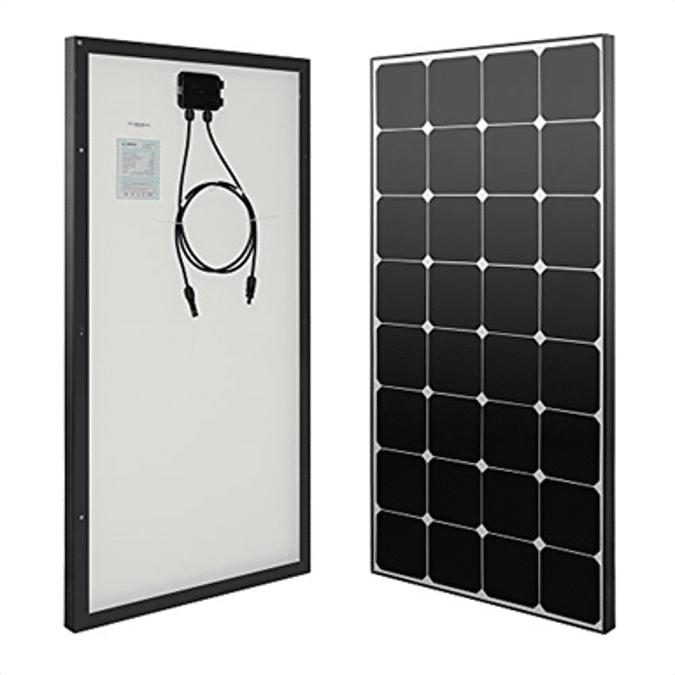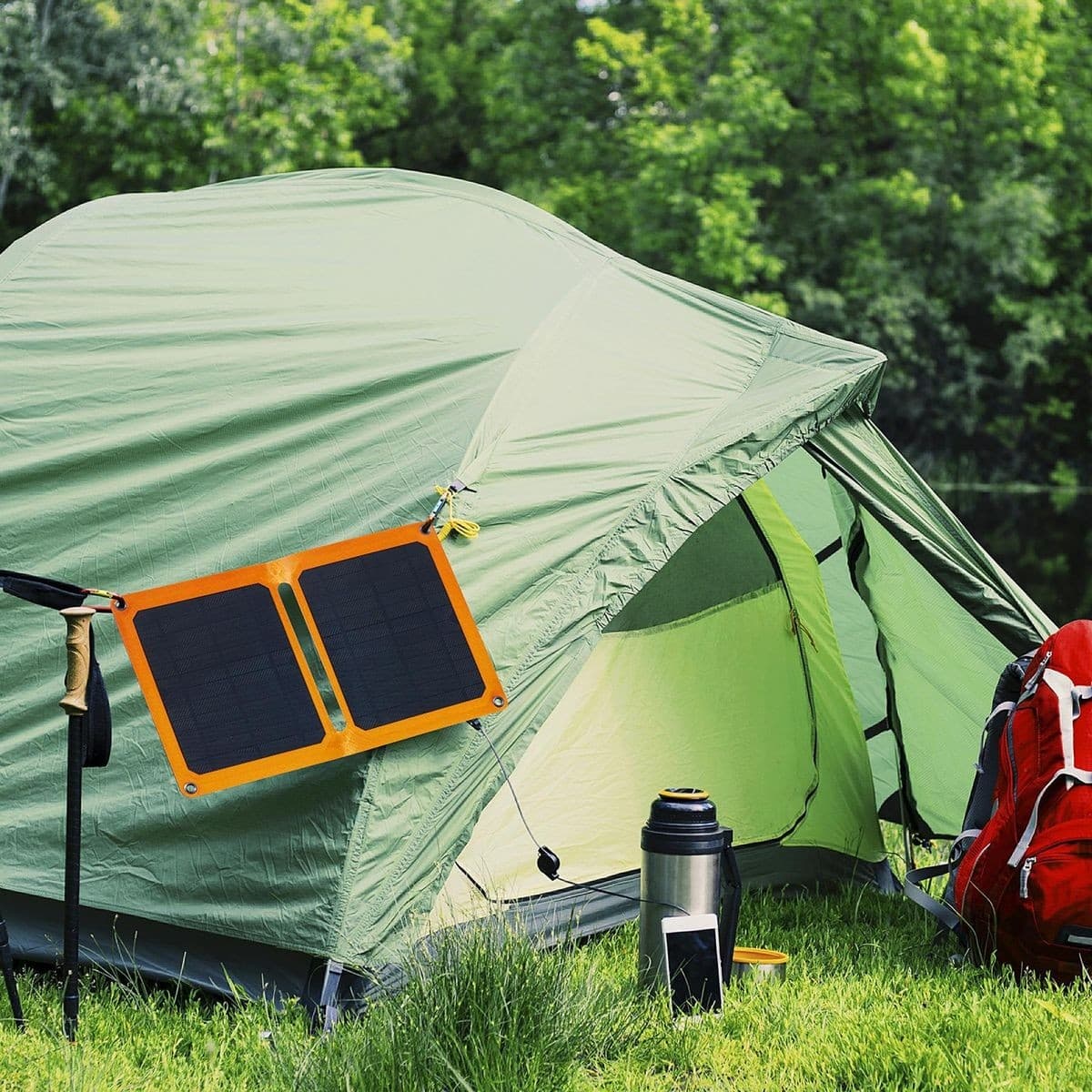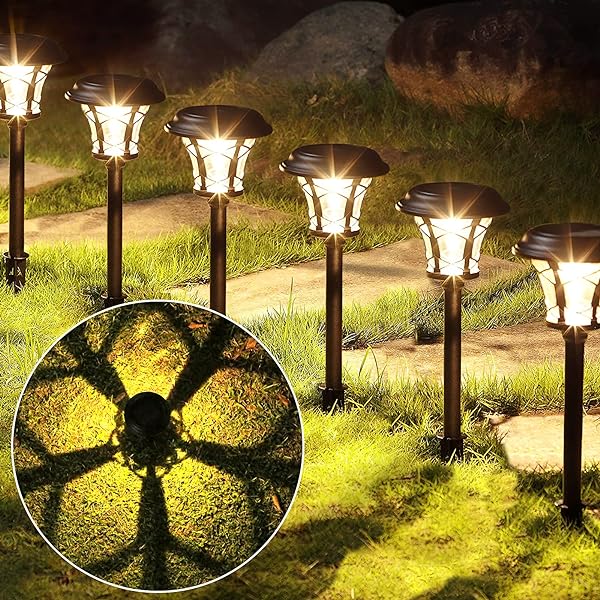You probably obtain more energy from solar panels in the summer than you do from them in the winter. During the summer, when temperatures are high and sunlight is abundant, solar energy is able to penetrate through windows and other reflective surfaces.
However, as the days start to shorten and temperatures drop, this process slows down significantly. In order to continue producing energy in places that get very little sunlight or at other times of year when sunlight isn’t as strong, you need to store that captured energy somewhere.
Storage methods help keep your solar production costs low and your system operating efficiently. All things being equal, a well-stocked battery will produce more kWh per year than a poorly-stocked battery; similarly, having access to an alternative power source will generally reduce operational costs and increase operational efficiency.
How much solar energy is stored?
The amount of energy that can be stored in a given storage system depends on a few factors, including the type of battery involved, the type of charge controller and the circuit connections.
Generally, however, you can expect to be able to store approximately 30% of the power that hits your solar panels in a battery. This amount will vary depending on conditions, especially temperature.
At lower temperatures, solar panels are able to produce more power, so you might be able to store more energy in the winter. If you want your battery to be capable of storing more energy at any given temperature, you might consider installing a heat pump.
Batteries: the most common type of storage
Most solar power systems are equipped with a rechargeable battery as a secondary energy source. Since this system doesn’t rely on the sun for power, it’s able to operate even when sunlight isn’t available.
A solar battery system can be either a series or parallel system. A series system connects batteries together in a line, with the output of the first battery feeding the second, and so on.
There are two advantages to a series system: the batteries are able to accept a higher charge, which means you’ll be able to store slightly more energy; and they’re able to accept a smaller discharge, so they’re less likely to fail under load. Unfortunately, this system isn’t as durable as a parallel system.
Pumped-storage hydropower
Pumped-storage hydroelectricity plants are able to store energy using the same process used by conventional hydroelectric plants to generate power.
Water is pumped from a reservoir (and possibly from a river), through a power generation system consisting of water turbines, through a storage reservoir, and then released through a turbine at a lower pressure than the original reservoir.
This causes the turbine to spin and produce electricity, which is then sent back to the originating grid to feed into the system again. This process is repeated a number of times, resulting in the plant being able to produce and store a significant amount of energy.
Liquidity batteries and top-up power storage
This type of battery is very similar to a standard lead-acid battery, with one key difference: it’s able to accept a charge at a much higher rate.
This makes it much more useful in a solar energy system because it can store energy produced by the solar panels during the day and then be used to power equipment in the evening or at night.
The most common use of this type of battery is to “top up” a solar battery during the day and then charge it again at night. This process can be automated so that your batteries are always being topped up, or it can be manually controlled so that you have full charge when you need it.
Air conditioning and freeze protection
These storage systems work by using refrigerants in the air-conditioning system (or a separate system) to store the energy created by your solar panels. This is most effective during the summer, when you’re able to produce more power from the panels.
During the winter, when the temperature is lower and the sun isn’t as strong, this energy is more likely to be used for air-conditioning purposes.
This will reduce the amount of energy that’s available for your batteries, so you’ll need to install an additional top-up system to keep your batteries topped up during these months. Freeze protection systems are able to keep your batteries from getting too cold when temperatures drop too low. This prevents the cells from getting damaged and reducing their overall capacity.
Solar panels and engine driven generators
Generator sets are a type of solar energy system that is capable of producing electricity and/or top-up power using an engine connected to a generator. An engine is generally paired with a generator set to provide power when your grid goes down.
These systems usually have a generator connected to an engine that runs on natural gas, diesel fuel or propane. These engines are able to produce electricity and/or top-up power when your grid is down. Because they run on non-renewable resources, generator sets are an inefficient way to store solar energy.
Storage types for excess energy production
These types of storage systems aren’t designed to store the energy that’s produced by your solar panels, but rather to store the energy that your panels produce when they’re not producing energy.
These systems have battery storage in them: they’re able to accept a charge at a much higher rate than your standard battery. This makes it much more useful in a solar energy system because it can store energy produced by the solar panels during the day and then be used to power equipment in the evening or at night.
Summary
Solar batteries are one of the most effective and efficient ways to store solar energy. They are also very durable and reliable, making them a great investment for anyone looking to make their home more sustainable. These batteries can store large amounts of energy, even in low temperatures.
In the winter, you can use it as a heat pump to keep your home warm and comfortable. In the summer, you can use it as an extension of your power grid, powering everything from irrigation pumps to electric fence controllers.
You can use your solar batteries to store energy when the sun isn’t shining and then use that energy when it is. This will reduce your reliance on traditional sources of energy and allow you to keep your electricity usage as low as possible.

